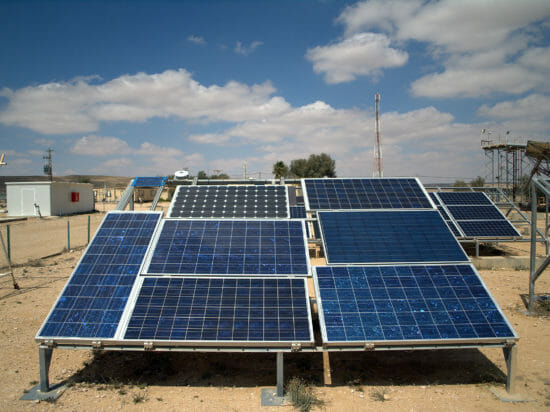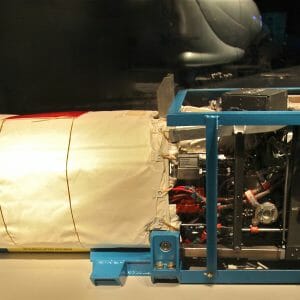E – 1196 Solar Energy System Fundamentals
$75.00
Courses Included
This course provides an introduction to solar energy system fundamentals. A solar thermal energy collection system (or “solar system” for short) is defined as a set of equipment that intercepts incident solar radiation and stores it as useful thermal energy to offset or eliminate the need for fossil fuel consumption. Four basic functions are performed by a typical solar system and are discussed in this course.
Course Outline:
INTRODUCTION
SOLAR ENERGY APPLICATIONS
BASIC MATERIAL CONSIDERATIONS IN SOLAR ENERGY SYSTEMS.
COLLECTOR SUB-SYSTEM
STORAGE SUB-SYSTEM
TRANSPORT SUB-SYSTEM
CONTROL SUB-SYSTEM
SOLAR ENERGY SYSTEM PERFORMANCE
SUMMARY
Description
This course provides an introduction to solar energy system fundamentals. A solar thermal energy collection system (or “solar system” for short) is defined as a set of equipment that intercepts incident solar radiation and stores it as useful thermal energy to offset or eliminate the need for fossil fuel consumption. Four basic functions are performed by a typical solar system and are discussed in this course.
Course Outline:
INTRODUCTION
SOLAR ENERGY APPLICATIONS
BASIC MATERIAL CONSIDERATIONS IN SOLAR ENERGY SYSTEMS.
COLLECTOR SUB-SYSTEM
STORAGE SUB-SYSTEM
TRANSPORT SUB-SYSTEM
CONTROL SUB-SYSTEM
SOLAR ENERGY SYSTEM PERFORMANCE
SUMMARY
- Learn about the four basic functions performed by a typical solar system;
- Learn the components of the collector sub-system which intercepts incident solar radiation and transfers it as thermal energy to a working fluid;
- Learn about the elements of the storage sub-system which retains collected thermal energy for later use by the process load;
- Learn how the transport sub-system delivers energy from the collectors to storage;
- Learn how the control sub-system determines when enough energy is available for collection, and activates and controls the entire system to collect this energy until it is no longer available as a net energy gain;
- Learn about heating domestic hot water and low-temperature process water, which will normally be the most thermally efficient means of using solar energy;
- Learn the basic material considerations in solar energy systems; and
- >Learn about flat-plate solar collectors, which are the most common type used.






